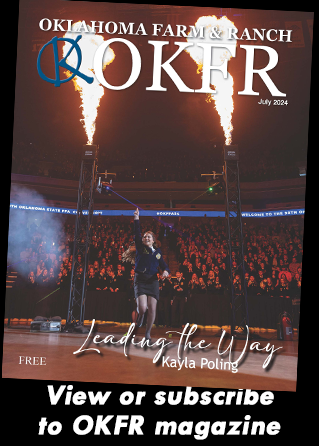Attractions
Oklahoma Outdoor Must Sees for New Year
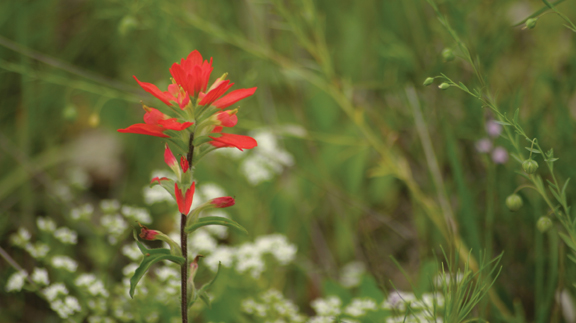
By Michael Newell
As a Biologist, I value diversity. It measures the health of an ecosystem.
There might not be any other state that has the diversity that we have in Oklahoma. Make it a point to get outdoors this year and see some of the unique offerings that the Sooner State has to offer.
It is extremely difficult to pick out the top things to experience, but here are the top 10 things for you to put on your list for the new year:
- Swamps of Southeast Oklahoma – Step into a world that resembles Jurassic Park as you head to the far southeast corner of the state. Red Slough is an Oklahoma Department of Wildlife Conservation (ODWC) wildlife management area, located six miles south of Haworth, that more resembles the marshlands of Florida or Louisiana than Oklahoma. 2,400 acres of wetlands are home to more than 312 species of birds, such as the roseate spoonbill, that can be seen nowhere else in the state. It is also a home to a good population of American alligators and other swamp-like creatures. There are viewing platforms scattered across the area to give birdwatchers a better vantage point. Package this trip with a stay at the cabins at Beavers Bend State Park for a great weekend getaway.
- Be a spelunker – Or just immerse yourself in the past of the wilder time when outlaws like the James Gang and Belle Starr hid out in the caves of Robbers Cave State Park, just outside of Wilburton. Climbing, caving, hiking or rebelling all await this adventure in the Sans Bois Mountains. Cabins are available for rent and the lake and fall foliage are postcard worthy.
- Medicinal mineral springs – In 1092 the U.S. Government purchased 33 mineral springs near Sulphur from the Choctaw and Chickasaw nations to create a national park. The springs are cold-water with high levels of sulphur, bromide and iron and stay a refreshing 65 degrees even in the hottest summer heat. Be sure to pack the swim trunks and take a refreshing dip in the crystal clear pools. The Chickasaw National Recreation Area, as it is called today, boasts over 18 miles of paved hiking trails with beautiful scenery.
- Mountains in the prairie – Back before Oklahoma was a state, President Theodore Roosevelt signed a law creating the first “Game Sanctuary” located in the Wichita Mountains. Home to American bison, elk, deer and other game species, today the Wichita Mountains Wildlife Refuge encompasses nearly 60,000 acres of mixed grass prairie and granite mountain outcroppings. 240 species of birds, 50 species of mammals and 64 species of reptiles and amphibians, including the “mountain boomer” the official state reptile, can be seen here, along with a strain of Texas Longhorn cattle to preserve the cultural and historical legacy of the breed. Located just 20 minutes north of Lawton, stop by the visitors’ center for maps and static displays.
- Surf the sand dunes – One of the craziest sights is driving north toward Waynoka and all of a sudden, a desert appears in the middle of the prairie. The Little Sahara State Park is so named for its resemblance to the Sahara Desert. 1,600 acres of sand dunes, some of which rise 75 feet, greet visitors and offer some of the best ATV riding in this part of the country.
- Going batty – Looking for a summer excursion to take the kids? Then just head to northwest Oklahoma to Freedom and the Selman Bat Cave. Every evening during the summer more than one million Mexican free-tailed bats exit the cave in search of insects. The tour provided by the Oklahoma Department of Wildlife gives information about the bats as well as transportation from Alabaster Caverns, which I recommend touring, to the secret location. But the tours fill up quickly, so register early. Combine this stop with a tour of Alabaster Caverns State Park, one of the largest natural gypsum caves in the world. Daily guided tours are offered
- Can you dig it – Great Salt Plains State Park is one of Oklahoma’s most unique state parks. The barren landscape of the nearby Salt Plains National Wildlife Refuge is comprised of salt leftover from an ocean that covered Oklahoma in prehistoric times, and the saltwater lake in the park, Great Salt Plains Lake, is about half as salty as the ocean. The selenite crystal dig area is located southwest of the lake in the Salt Plains National Wildlife Refuge, and access roads are available six miles west of Jet or three miles south of Cherokee. The crystal digging area is open from April 1 to October 15 from sunrise to sunset. Located just under the surface of the salt plains, these crystals usually form into an hourglass shape. Oklahoma is the only place in the world where the hourglass-shaped selenite crystal can be found. While searching for crystals, look for some of the over 300 species of protected birds that live in and can be seen in the refuge. In the fall, ducks, geese and cranes use Salt Plains as a rest stop on their migration. It’s not uncommon to see more than 100,000 of these migrants in one viewing, as well as bald eagles and other bird species.
- Mountains of glass – While they are not truly made of glass, the Gloss Mountains, just outside of Fairview have that appearance due to high selenite crystal content. While you cannot dig these crystals like at Salt Plains, you can see some beautiful vistas and spectacular scenery. Horseback riding, hayrides, hiking and fishing are all available at this small but unique state park.
- Grass as high as an elephant’s eye – well maybe not an elephant, but certainly a buffalo, and you will find tall grass and buffalo at the Joseph H. Williams Tallgrass Prairie preserve just north of Pawhuska. Nearly 40,000 acres of protected tallgrass is owned by the Nature Conservancy, and they use bison and “patch-burn” fires to protect this unique and disappearing ecosystem. The preserve is open to the public and has a 10-mile bison loop with hiking trials and scenic turnouts. The preserve has a visitor center/gift shop, and you can find out about the research initiatives and more than 180 publications in scientific journals that have been published about the preserve.
- Oklahoma’s tallest waterfall – If you have ever read “Where the Red Fern Grows,” the images that the book conjures up might have come from Natural Falls State Park. In fact, the 1974 movie was shot here. Formerly called Dripping Springs, this state park, located about as far northeast as you can go while still being in Oklahoma, features a 77- foot waterfall cascading through rock formations and creating a hidden, serene atmosphere at the bottom of a narrow V-shaped valley. Hiking and nature trails are available, and for a unique experience rent one of the park’s five yurts to stay in.
We hope these ideas have been enlightening and helped you to realize the great abundance of outdoor activities all around us. But the key for any of these is to get outside. Grab the family, load up the SUV and introduce them to the great diversity to be found in Oklahoma.
Read more in the January 2020 issue of Oklahoma Farm & Ranch.
Attractions
What’s in a name?
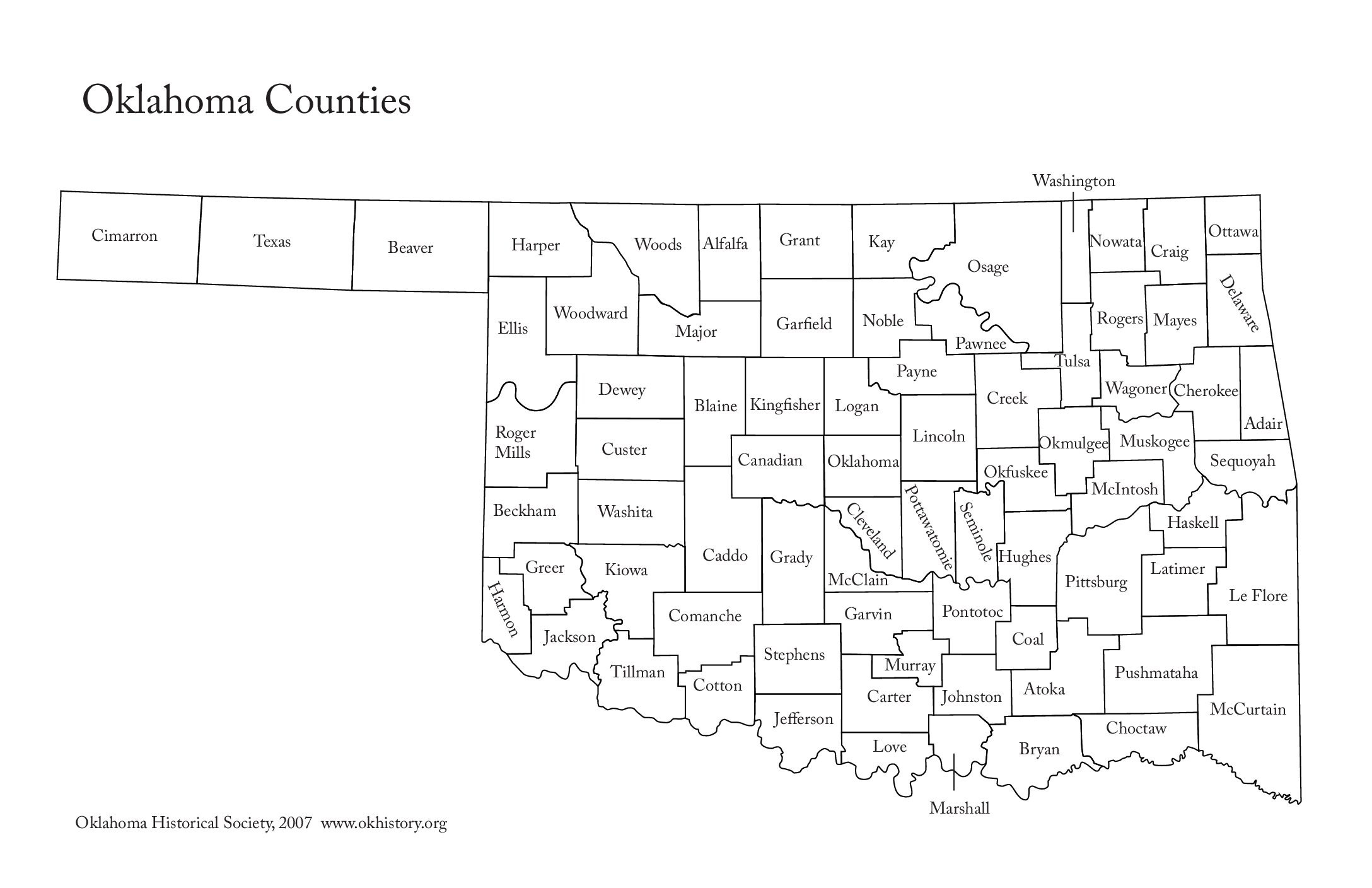
Each spring, Oklahomans can regularly be found listening to the radio or watching the television as weathermen and women report severe weather locations. Counties are typically used to identify storm locations, and while some names are easy to understand, others make us wonder.
While Oklahoma is ranked twentieth in size, it is seventeenth in the number of counties with 77. When it was first organized as the Oklahoma Territory, it had seven, which were designated numerically. When additional counties were added, they were given letters of the alphabet. When Oklahoma became a state in 1907, all the counties were renamed, with only two additional counties being added after statehood.
Oklahoma has 13 counties named for Indian tribes, and well-known Indian families have provided names for eight other counties. Six counties are named for U.S. Presidents, while rivers provided names for four counties. Military officers and Indian leaders are also honored.
Read on to learn what we found out about the etymology of our state’s counties.
Adair County was specifically named for Watt Adair, one of the first Cherokees to settle in the area.
Alfalfa County was formed at statehood as Woods County. The county is named after William H. “Alfalfa Bill” Murray, the president of the Oklahoma Constitutional Convention and ninth governor of Oklahoma.
Atoka County honors a Choctaw Chief named Atoka.
Beaver County was given because of the presence of many beaver dams on the Beaver River, which runs through the area.
Beckham County was named for J. C. W. Beckham, who was Governor of Kentucky and the first elected member of the U.S. Senate.
Blaine County is the birthplace of voice actor Clarence Nash, the voice of Disney’s Donald Duck. It is named for James Blaine, the Secretary of State under President Harrison.
Bryan County was named for Democratic politician William Jennings Bryan.
Caddo County was named for the Caddo tribe who were settled here on a reservation in the 1870s.
Canadian County in the central part of the state is named for the Canadian River.
Carter County was named for Captain Ben W. Carter, a Cherokee who lived among the Chickasaw.
Cherokee County is named for the Cherokee Indian Nation.
Choctaw County’s name is derived from Chahta, the mythical founder of the Choctaw people.
The westernmost county in the state, Cimarron County contains the only community in the state that observes the Mountain Time Zone and is named for the Cimarron River.
Cleveland County was named after U.S. President Grover Cleveland.
Coal County was named for the mineral that was then the major product of the region.
Comanche County was named for the Comanche tribe.
At statehood, the area which is now Cotton County fell within the boundaries of Comanche County. It split off in 1912, becoming the last county created in the state; it was named for the county’s primary crop.
Craig County was named for Granville Craig, a prominent Cherokee farmer who lived in the Bluejacket area.
Creek County got its name from the Creek Nation, whose country following Indian removal included the county.
Custer County was named in honor of General George Armstrong Custer.
Delaware County was named for the Delaware Indians who had established a village in the area prior to the arrival of the Cherokees in Indian Territory in the 1830s.
Originally created in 1891 as “County D,” voters in an 1898 election chose the name Dewey County, honoring Admiral George Dewey.
Ellis County was named for Albert H. Ellis, vice president of the 1906 Constitutional Convention.
Garfield County was named after President James Garfield. Prior to the Land Run of 1893, Garfield County was named O County.
Garvin County was named for Samuel J. Garvin, a local Chickasaw rancher, merchant and banker.
Grady County was named for Henry W. Grady, an editor of the Atlanta Constitution and southern orator.
Grant County was named County L in Oklahoma Territory at the time of its opening to non-Indian settlement. A county election renamed it for U.S. President Ulysses S. Grant.
Greer County is named for Texas stateman and Lieutenant Governor of Texas John Greer.
Harmon County takes is name for Judson Harmon, governor of Ohio and U.S. Secretary of State.
Harper County was created from the northwestern part of Woodward County and named for Oscar Green Harper, who was clerk of the Oklahoma Constitutional Convention.
Haskell County is named in honor of Charles N. Haskell, who was the first governor of Oklahoma.
Hughes County was named for W. C. Hughes, an Oklahoma City lawyer who was a member of the Oklahoma Constitutional Convention.
It’s unknown which Jackson Jackson County was named for: President Andrew Jackson or Confederate General Stonewall Jackson.
Jefferson County was created at statehood and named in honor of President Thomas Jefferson.
Johnston County was named for Douglas H. Johnston, a governor of the Chickasaw Nation.
Kay County was originally designated as county “K.” Kay County is the only county to keep its same name as the Oklahoma area moved from a territory to a state.
Kingfisher County was formed in 1890 and named Kingfisher by a vote of residents.
Kiowa County was named for the Kiowa people.
Latimer County was created at statehood and named for James Latimer, a delegate to the state Constitutional Convention.
Le Flore County honors a Choctaw family of French descent named LeFlore.
Lincoln County was named for Abraham Lincoln, the sixteenth president of the United States.
Logan County was named for John Logan, Federal general in the War Between the States, and a U.S. Senator from Illinois.
Love County was named for Overton Love, a prominent Chickasaw farmer, entrepreneur and politician. His descendants built the nationwide Love’s Travel Stops.
Major County was named for John Major, a member of the Oklahoma Constitutional Convention.
Marshall County was named to honor the maiden name of the mother of George Henshaw, a member of the Oklahoma Constitutional Convention.
Mayes County took its name for Samuel Houston Mayes, a teenage Confederate cavalryman, and mixed-blood Principal Chief of the Cherokee Nation.
McClain County pays homage to Charles M. McClain, an Oklahoma constitutional convention attendee.
McCurtain County was named for an influential Choctaw family that lived in the area.
McIntosh County is named for an influential Muscogee Creek family whose members led the migration of the Lower Towns to Indian Territory and served as leaders for generations.
Murray County was named for William H. Murray, president of the Oklahoma Constitutional Convention and later a Governor of Oklahoma.
Muskogee County was named for the Muscogee (Creek) Nation. The official spelling of the name was later changed to Muskogee.
Originally designated as County P, Noble County was renamed for John Willock Noble, then the United States Secretary of the Interior.
Nowata County’s nameis derived from a Delaware word “no-we-ata,” meaning “come here” or “welcome.”
Okfuskee County is named for a former Muscogee town in Alabama, from which the Creek were removed to Indian Territory, that in turn was named for the Okfuskee, a Muscogee tribe.
Oklahoma County is one of seven counties in the United States to share the same name as the state it is located in (the other six counties are Arkansas County, Hawaii County, Idaho County, Iowa County, New York County, and Utah County), and the only one of the seven to contain the state capital.
Okmulgee County is named after a Creek town of the same name in Alabama, from which the Creek were removed to Indian Territory. The name Okmulgee is derived from the word okimulgi, meaning “boiling waters.
Osage County is the largest county by area in the state and is named for and is home to the federally recognized Osage Nation.
Ottawa County was named for the Ottawa Tribe of Oklahoma.
Pawnee County is named for the Pawnee tribe, which settled in the area following the War Between the States.
Payne County was named for Capt. David L. Payne, a leader of the “Boomers.”
Pittsburg County got its name because county leaders believed that its coal production compared favorably with Pittsburgh, Pennsylvania, at the time of statehood.
Pontotoc County was named for an historic Chickasaw tribal area in Mississippi.
Pottawatomie County got its name for the tribe that lived in the area. It’s name is a Chippewa term that means “people of the place of the fire.”
Pushmataha County was named for Pushmataha, an important Choctaw chief in the American Southeast.
Roger Mills County got its name for Confederate office and U.S. senator from Texas.
The area of Rogers County was named the Cooweescoowee District at the time of statehood, but the residents protested. It was renamed for Clem Vann Rogers, a prominent Cherokee rancher and father of Will Rogers.
Seminole County is named for the Seminole Nation, whose capital is also the county seat of Wewoka.
Sequoyah County was named to honor legendary statesman and creator of the Cherokee syllabary, which brought literacy to the Cherokee Nation.
Stephens County was named for Texas politician John Hall Stephens, who championed for Oklahoma statehood.
Texas County was named for its neighbor to the south.
Tillman County was named for U.S. Senator Benjamin Tillman of South Carolina.
Tulsa County was named after the previously established city of Tulsa and the Creek village of Tulsey Town in Alabama.
Wagoner County is named for the county seat of the same name, which derived from Henry “Big Foot” Parsons.
Named for President George Washington, Washington County is the second smallest county in Oklahoma.
Washita County is named for the almost 300-mile long river that runs through it and empties into Lake Texoma and the Red River.
Woods County was named after Samuel Newitt Wood, a renowned Kansas activist, legislator, and newspaper publisher.
Woodward County was originally known as “N” County and was composed of present-day Woodward County and portions of Harper, Ellis, and Woods County. It is unknown exactly whom the county (and the town) is named after, but the two leading candidates are Brinton W. Woodward, a Santa Fe railway director, or Richard Woodward, a buffalo hunter.
Attractions
Inventions of Agriculture: The Cotton Gin
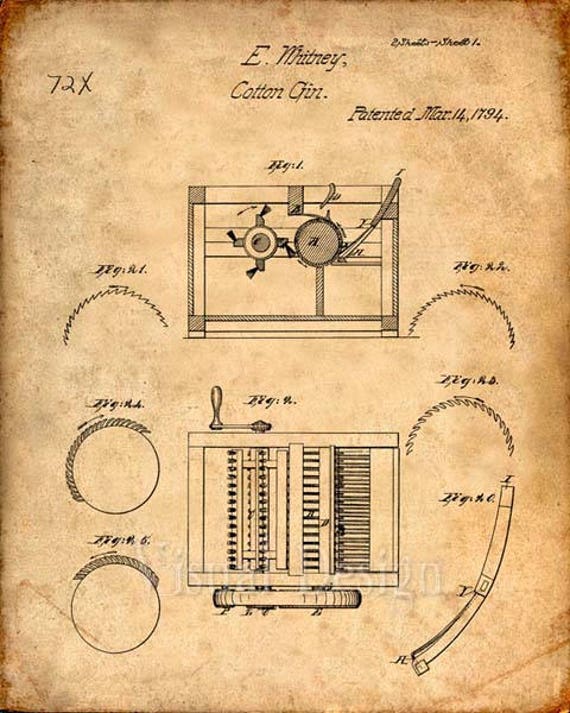
A few centuries ago, the landscape of farming and ranching looked quite different than it does today. There were no tractors for plowing, airplanes for spraying or even barbed wire for separating cattle.
There are inventions that have come along and changed the face of agriculture across the United States. One of those inventions was the cotton gin. It was invented during a time when the agricultural industry was struggling after its most significant crop, tobacco, saw revenues begin to plummet. But while it saved the profits and livelihood of many farmers and plantation owners, it also led to the increase in slave labor, making it an invention that significantly changed both our economic and social past.
The cotton gin was invented by Eli Whitney. Whitney was born in Westborough, Mass., on Dec. 8, 1765. His father was a farmer, and his son would prove his talents as both an inventor and a mechanic at a young age.
Whitney graduated Yale University and even considered becoming a lawyer, but life took him down a different path, one that would change the lives of farmers forever. He made his way to the south after graduation with plans to tutor, but upon arrival, he accepted a position with Catherine Green in Savannah, Ga. Greene was the widow of American Revolutionary War general Nathanael Greene and owned the Mulberry Grove plantation.
At the time, tobacco was falling in value due to both soil exhaustion and abundance. Farmers began turning to other crop options, including cotton. Unfortunately, the only variety that could be grown inland contained seeds that were time-consuming to pick out.
During the colonial times, cloth derived from cotton was more expensive than wool or even linen due to the difficulty of removing these seeds from the fibers. It took an entire day just to detach seeds from one single pound of cotton. Whitney’s employer, Greene, urged the young Whitney to find a solution to this problem. Her support was crucial in Whitney’s success in inventing the cotton gin. Some even suggest that it was actually Greene who was the true inventor of the cotton gin, but at the time, women were not allowed to apply for patents in the United States.
On March 14, 1794, Whitney succeeded in obtaining a patent for the cotton gin. While similar devices had been around for many years, his was the first single device that could clean short-staple cotton. The introduction of the new technology made cotton a profitable crop in the United States for the very first time.
The device worked much like a strainer. The cotton was run through a drum, made of wood, which included hooks similar to teeth along the perimeter. Those hooks caught the cotton fiber and drug them through a mesh, which was too small to allow the seeds through. However, the hooks pulled the cotton through easily.
Small cotton gins could easily be worked by hand, while larger ones included the use of horses to power. Even the smaller gin could remove seeds from 50 pounds of cotton in one day, a much larger amount than the results of doing it by hand. In fact, the gin allowed 1,000 pounds of cotton to be cleaned in the same amount of time it took a worker to do five pounds by hand.
Due to Whitney’s invention of the cotton gin, along with other inventions of the Industrial Revolution such as machines to weave it, the price of cotton plunged and production of it doubled each decade after 1800. It even began being shipped overseas, and soon American farmers were growing 75 percent of the world’s supply of cotton.
However, Whitney’s invention was not all good news. While it did increase the production and profits of crops in America, it also established the cotton plantation culture of the south. The cotton crop became so lucrative for plantation owners, the demand to make more significantly increased. As it did, so did the use of slave labor for growing it.
As for Whitney, he struggled with patent-law issues that prevented him from significantly profiting from his invention. He managed to overcome that obstacle when he secured a contract with the United State government in 1798 to create 10,000 muskets.
While it would take him a decade to make those instead of the two years originally planned in the contract, he began endorsing interchangeable parts. In other words, identical parts could be quickly assembled while making for easier repairs on machines. Many objects, from machines to guns, were constructed by individuals. While Whitney is most known for his invention of the cotton gin, he also is credited for the development of mass production within America.
In his personal life, Whitney did not wed until his 50s, when he married Henrietta Edwards in 1817. The pair would go on to have four children before his death on Jan. 8, 1825, at the age of 59.
Resources
History. (2010, February 4). Cotton Gin and Eli Whitney. A&E Television Networks. https://www.history.com/topics/inventions/cotton-gin-and-eli-whitney
National Archives and Records Administration. (2021, December 16). Eli Whitney’s Patent for the Cotton Gin. National Archives Educator Resources. https://www.archives.gov/education/lessons/cotton-gin-patent#background (Text adapted from an article written by Joan Brodsky Schur, a teacher at Village Community School in New York, N.Y.)
Attractions
Let’s Take A Trip – Part 1

After almost two years of Covid, testing, vaccinations, boosters, illness and death, wearing masks, staying indoors and away from others, severe thunderstorms, tornados, and now war in Europe, it’s time to get out and away from it all for at least a day.
Let’s get on I35 North of Ardmore and begin our trip in the Arbuckle Mountains. Stop at every scenic turnout to enjoy the awe-inspiring views of the trees, valleys, and rocks that according to archeologists formed during an earthquake eons ago.
Reached by a narrow twisty highway, a sight comparable to a miniature Niagara Falls is soon revealed. Cascading 77 feet, Turner Falls is majestic. Formed by Honey Creek, it empties into a beautiful blue lake.
Although it may be tempting, climbing to the area behind the falls and sliding down the falls is prohibited by law because more than one person has drowned attempting lt.
Be sure to visit Collins Castle, built in the early 30`s of native materials as a summer home for Dr. Elizabeth Collins, a professor at Oklahoma University. It was once headquarters for the Bar C Ranch.
The entire park covers 1,500 acres and includes swimming areas, camping areas, cabins, hiking trails, caves, a water slide, trout fishing, and Look Out Point, featuring telescopes allowing you to view the entire park.
A zip line, diving, scubas, and floating on inner tubes entertains many visitors.
Children play areas, a trading post and majestic scenery attract more than 250,000 visitors each year.
Come for a day or a week and enjoy all the park has to offer.
-
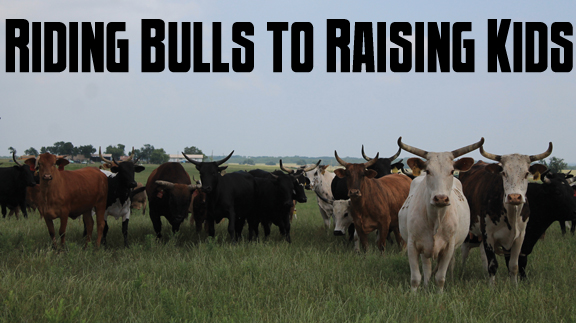
 Country Lifestyle7 years ago
Country Lifestyle7 years agoJuly 2017 Profile: J.W. Hart
-
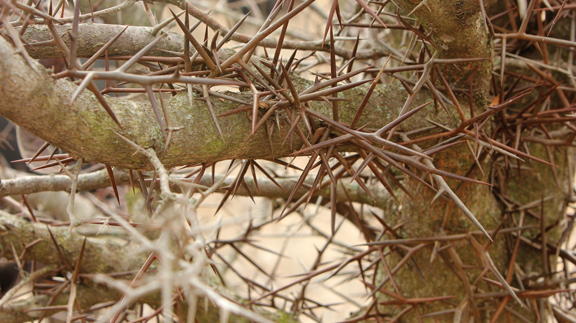
 Outdoors6 years ago
Outdoors6 years agoGrazing Oklahoma: Honey Locust
-
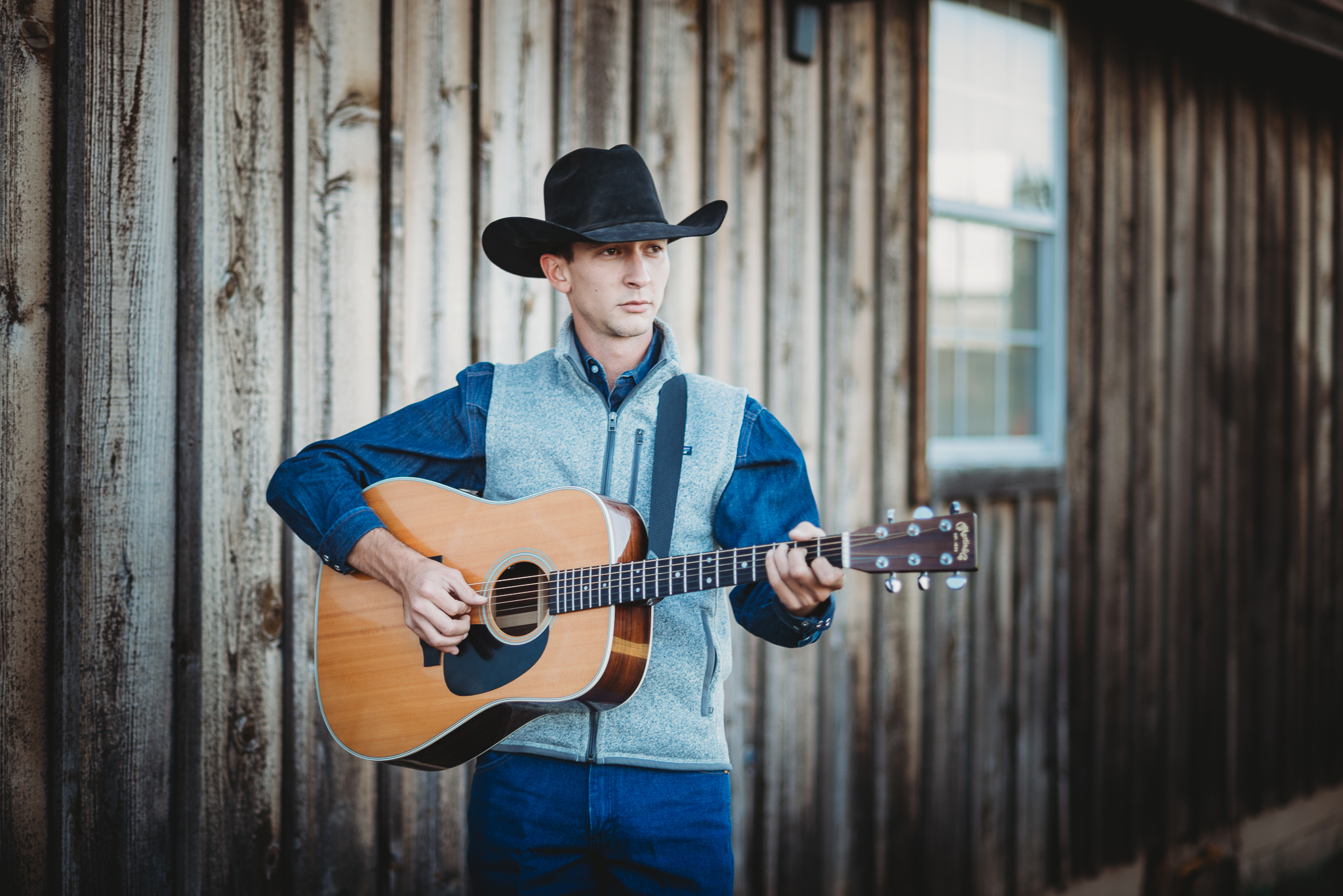
 Country Lifestyle3 years ago
Country Lifestyle3 years agoThe Two Sides of Colten Jesse
-
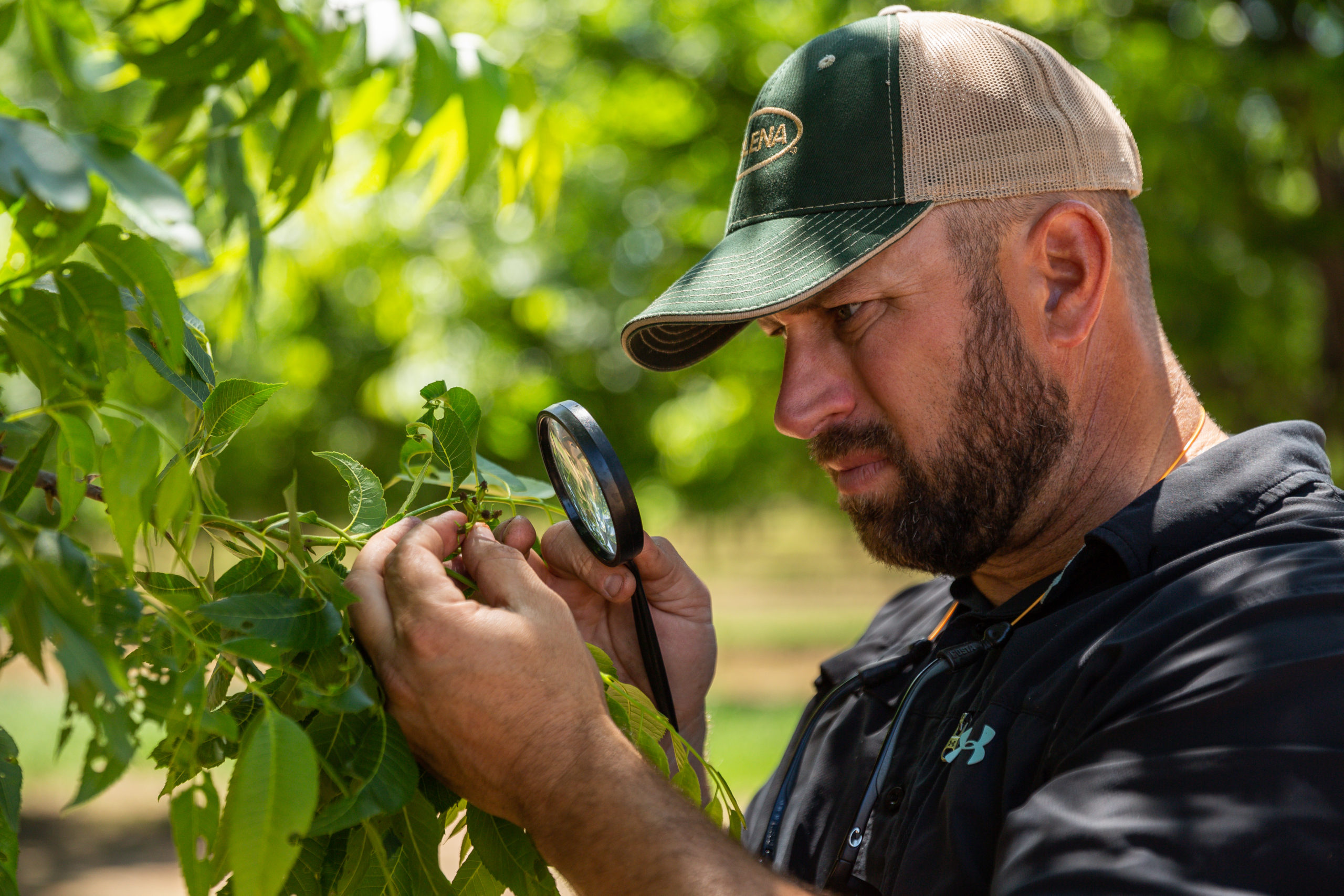
 Outdoors4 years ago
Outdoors4 years agoPecan Production Information: Online Resources for Growers
-
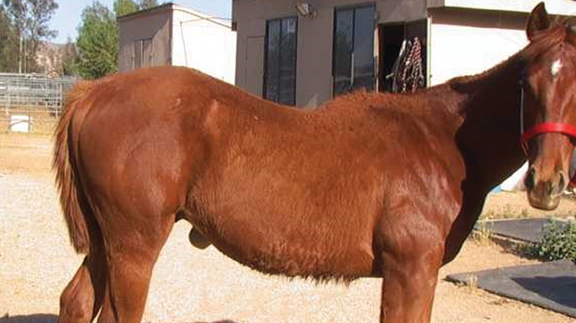
 Equine7 years ago
Equine7 years agoUmbilical Hernia
-
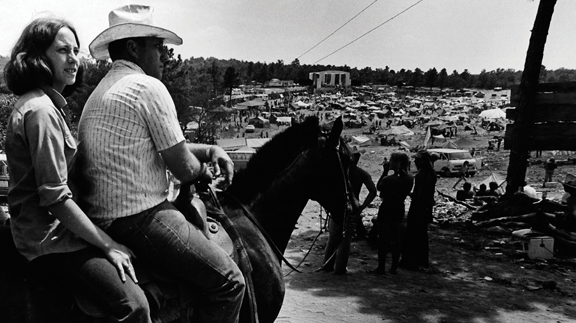
 Attractions7 years ago
Attractions7 years ago48 Hours in Atoka Remembered
-
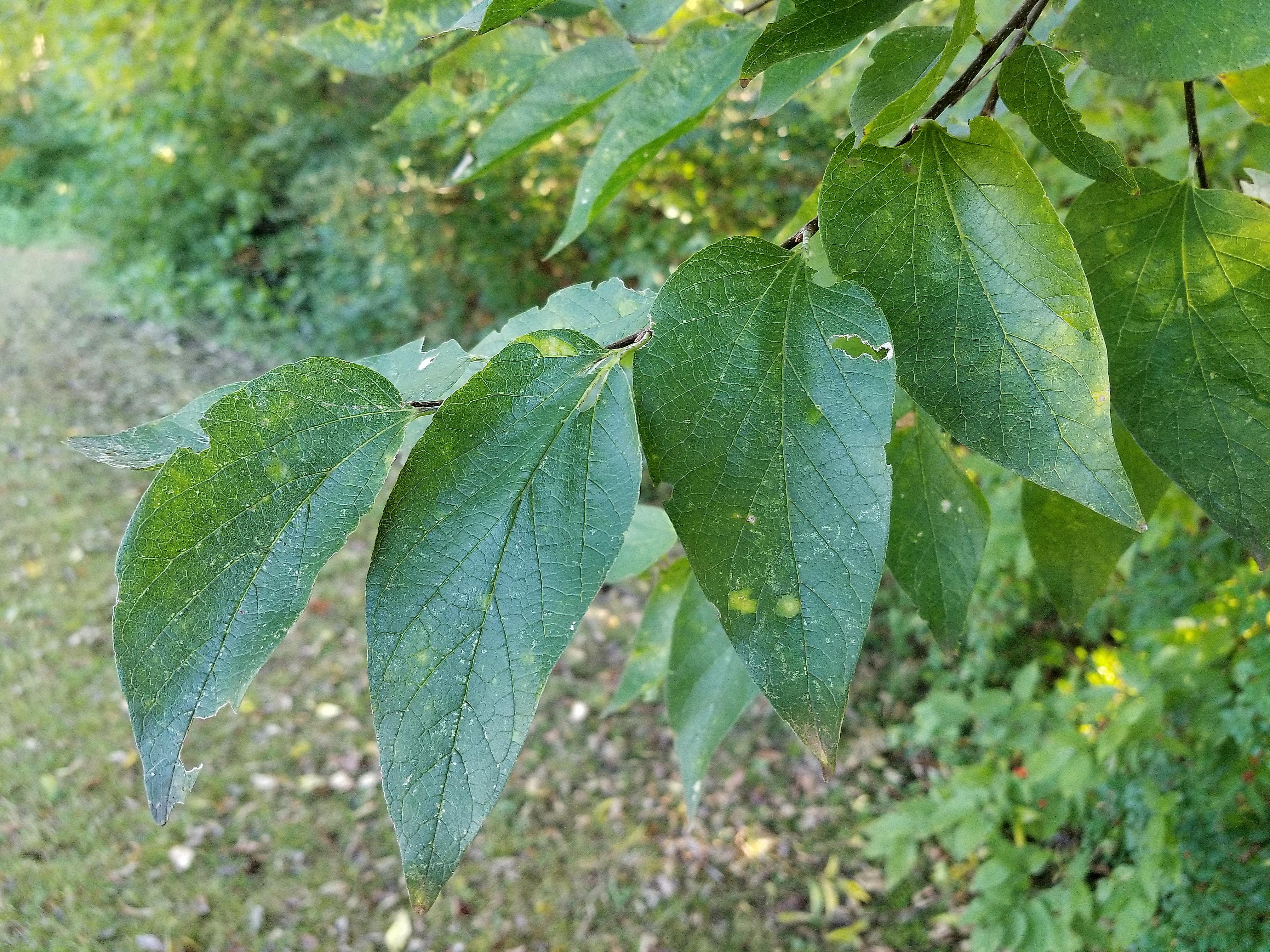
 Farm & Ranch6 years ago
Farm & Ranch6 years agoHackberry (Celtis spp.)
-
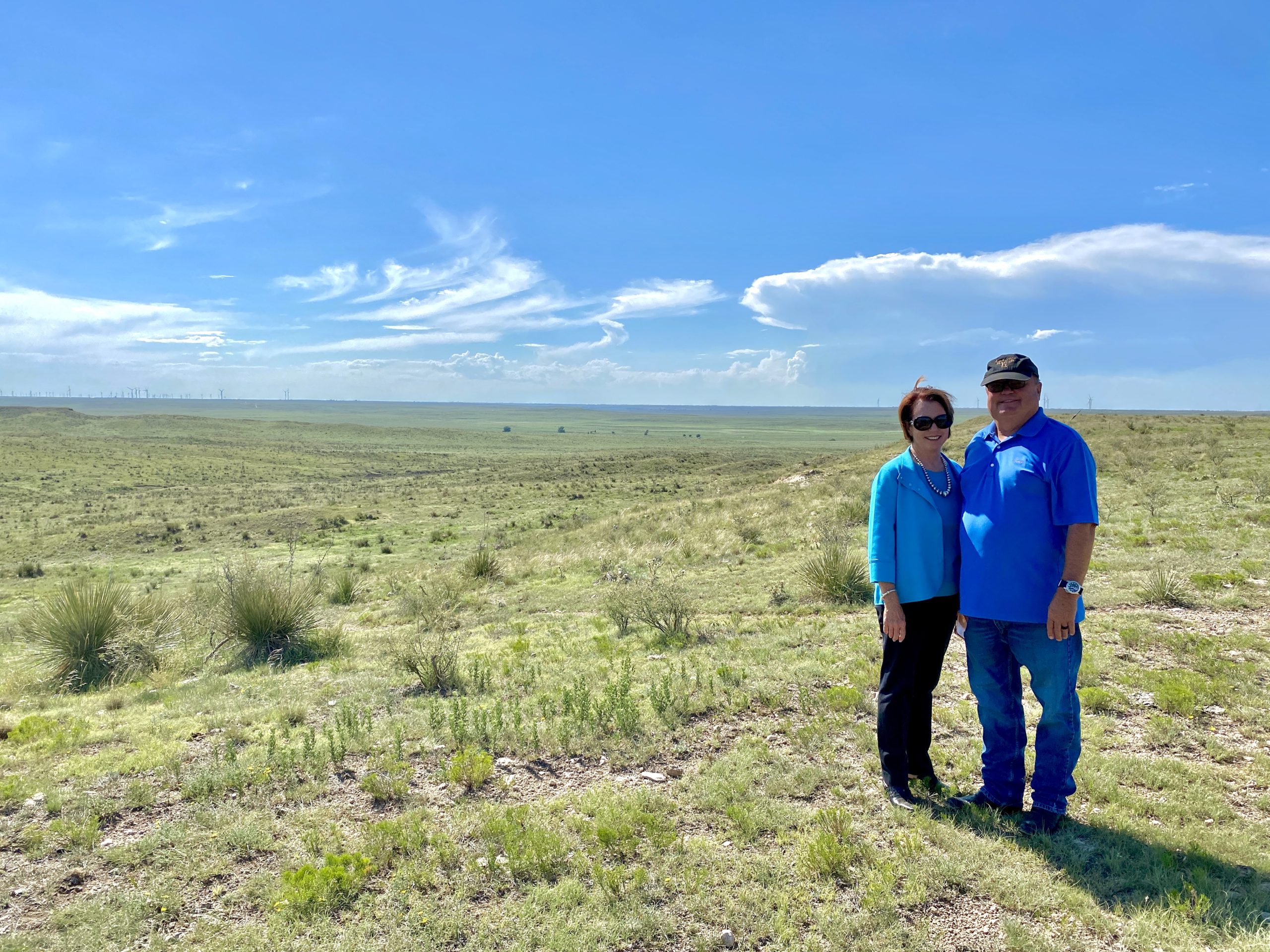
 Outdoors3 years ago
Outdoors3 years agoSuzy Landess: Conservation carries history into the future

